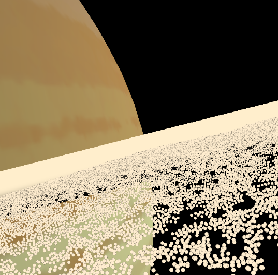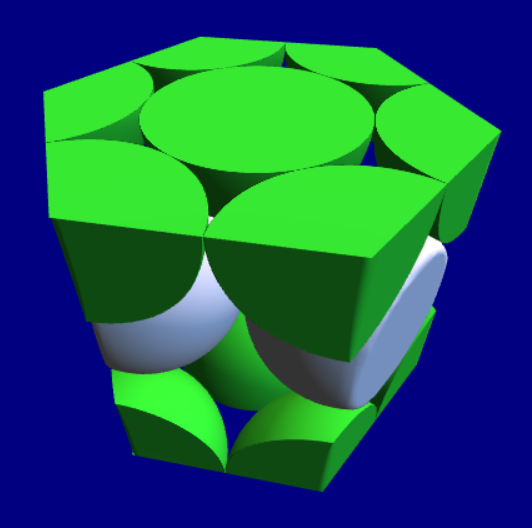Loading or javascript not enabled.
Other Articles:

|
Saturn's ringsA simulation of Saturn's rings --- a few thousand particles are simulated, in a repeating tiled region. You use the mouse and keys to fly in it. |
Three Crystal StructuresA ThreeJS model of three crystal structures |

|